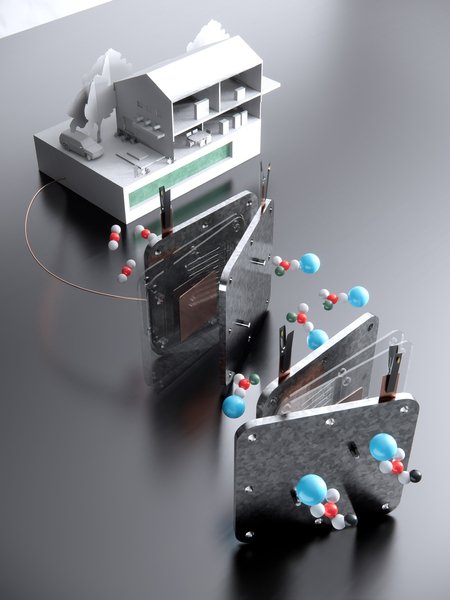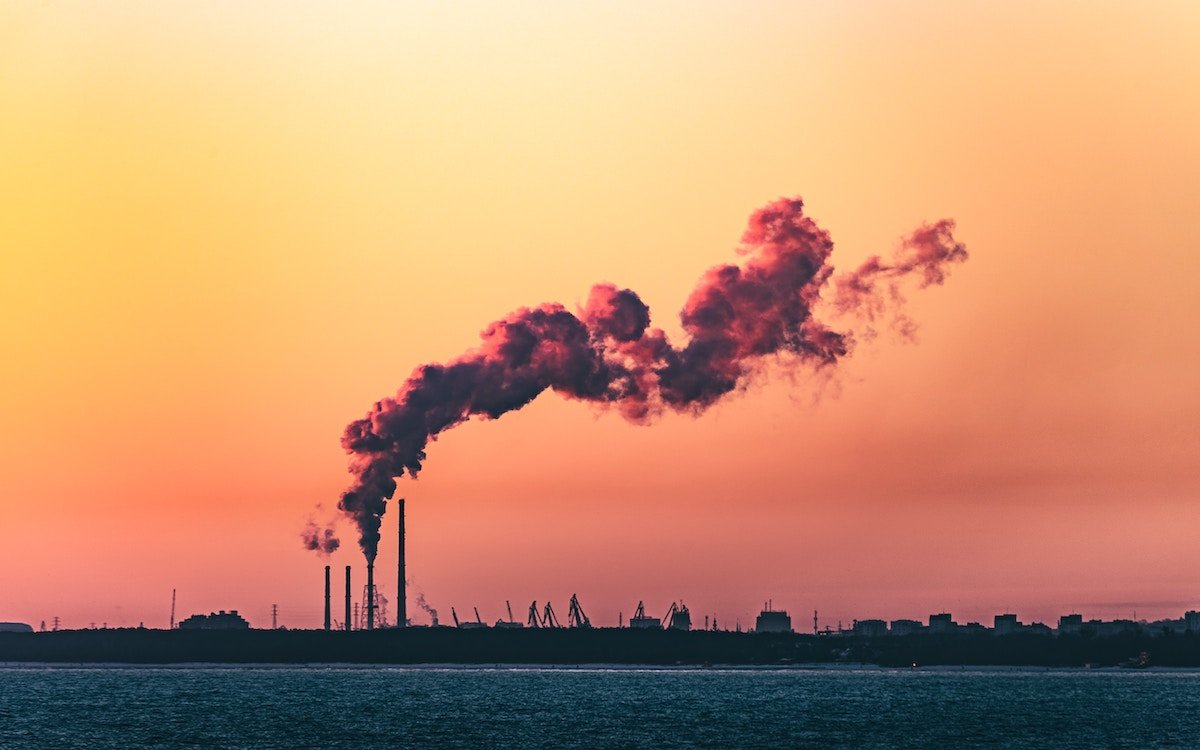Engineers from MIT and Harvard University have unveiled an innovative process to transform carbon dioxide into formate, a substance that can function as a stable fuel. This breakthrough addresses the global challenge of extracting carbon dioxide, a greenhouse gas, from the environment and repurposing it into something beneficial.
The primary objective worldwide has been to devise methods to extract carbon dioxide either directly from the atmosphere or power plant emissions and subsequently convert it into a functional product. One of the most promising solutions has been transforming it into a stable fuel that could replace fossil fuels in specific applications. However, many of these conversion processes have been plagued with issues such as low carbon efficiency or the production of fuels that are challenging to manage, toxic, or flammable.
Developed by a team of MIT doctoral students Zhen Zhang, Zhichu Ren, and Alexander H. Quinn, along with Harvard University doctoral student Dawei Xi and MIT Professor Ju Li, this new fuel process seemingly reduces the risks associated with carbon-captured fuel.
The researchers can efficiently convert carbon dioxide into formate, either in liquid or solid form. This formate can then be used similarly to hydrogen or methanol to power a fuel cell, thereby generating electricity. Notably, potassium or sodium formate, which is already produced on an industrial scale and is commonly utilized as a de-icer for roads and sidewalks, boasts properties such as being non-toxic, non-flammable, and easy to store and transport. Furthermore, it can remain stable in standard steel tanks for extended periods, from months to years post-production.
“Traditionally, it is difficult to achieve long-term, stable, continuous conversion of the feedstocks,” Doctoral student and co-author Zhen Zhang said in a statement. “The key to our system is to achieve a pH balance for steady-state conversion.”
The entire process, which encompasses the capture and electrochemical conversion of the gas to a solid formate powder (later used in a fuel cell to produce electricity), was demonstrated on a small laboratory scale. Nevertheless, the researchers are optimistic about its scalability, believing it could offer emissions-free heat and power to individual homes and even find applications on an industrial or grid scale.


Historically, “Carbon Capture, Utilization, and Storage (CCUS),” the method whereby carbon dioxide is captured directly from power generation or industrial facilities or even directly from the atmosphere, has had limited success. Currently, to reduce carbon in the atmosphere, the greenhouse gas can be utilized in various production processes or stored in deep geological formations for permanent storage. However, the global capacity for carbon capture in 2021 was only 43 million tons per year, which accounts for just 0.1% of the global carbon dioxide emissions. The goal is for CCUS to reach 10 billion tons annually by 2050. Currently, most of the captured carbon is stored underground, with only a tiny fraction being utilized in products like fertilizers, food, metal fabrication, and concrete.
Converting carbon dioxide into fuel is a process that has been around for a while, but there have been significant hurdles. Most methods to convert carbon dioxide into fuel typically involve a two-stage process. Initially, the gas would be chemically captured and transformed into a solid form, such as calcium carbonate. Subsequently, this material would be heated to release the carbon dioxide and converted into a fuel feedstock like carbon monoxide. This second step, however, is inefficient, often converting less than 20% of the carbon dioxide into the desired product.
In stark contrast, this new method, published in Cell Reports Physical Science, achieves a conversion rate of over 90%. It eliminates the need for the inefficient heating step by initially converting the carbon dioxide into an intermediate form known as liquid metal bicarbonate, much like the compound in baking soda. This liquid is then electrochemically transformed into liquid potassium or sodium formate using an electrolyzer powered by low-carbon electricity sources like nuclear, wind, or solar energy.
To ensure the efficiency and accuracy of this process, the team employs a range of specialized equipment. One of the primary tools in their arsenal is the Gamry 3000, an electrochemical workstation. This device monitors and controls the reactions happening within the electrolyzer, much like a thermostat regulates temperature. Post-reaction, the products are analyzed. Liquid outcomes are examined using Nuclear Magnetic Resonance (NMR) spectroscopy, a technique that provides a detailed look at molecular structures. Meanwhile, gaseous by-products are identified using Gas Chromatography (GC), a method that separates and analyzes compounds in a vapor. The culmination of these tests and analyses ensures that the electrolyzer is not only effective in reducing CO2 but also operates at optimal efficiency.
The process’s efficiency and practicality are attributed to several optimization steps undertaken by the research team. One of the primary challenges they overcame was the pH imbalance that caused systems to lose efficiency over time. Through careful design and thermodynamic modeling, the researchers ensured that the process remained chemically balanced, with the pH staying consistent without any shift in acidity. As a result, the system could operate efficiently for extended periods.
This research not only offers a sustainable solution to the carbon dioxide challenge but also paves the way for a future where carbon emissions can be efficiently repurposed into valuable resources.
MJ Banias is a journalist and podcaster who covers security and technology. He is the host of The Debrief Weekly Report and Cloak & Dagger | An OSINT Podcast. You can email MJ at mj@thedebrief.org or follow him on Twitter @mjbanias.

